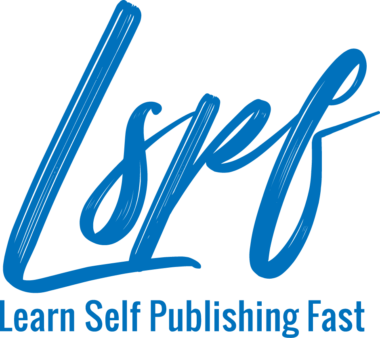Do you love to write but hate to edit? In my experience, there are two types of writers: those who love to spin out their first draft and those who love, love, love massaging the first draft over multiple passes of editing. The second type, though I love them, I sort of can’t stand them. Not really. I’m actually just jealous of them. They have such a good time wordsmithing their way through the tedious editing process…it’s like it doesn’t rob them of any joy at all. Jerks.

But there is hope for those of us who love to craft the tale but are intimidated by the four letter word – EDIT. Sounds ominous, right? Sometimes that word alone gives me hives. Edit….queue scary music. *shivers*
I have some tips for you, though. Because it really is possible to self-edit your work in a way that won’t make you crazy. And it will leave you feeling confident in the pass you send to your editor.
The first tip I have for is to actually have an editor. Knowing that my draft is going to land in the capable hands of someone who actually enjoys looking for correct tense, missing commas, and incorrect use of homophones takes some of the dread away. And that knowledge alone frees me up to have some fun in my own self-editing. The weight of feeling like I have to catch *all* the things can be a huge burden. Sometimes us self-published peeps think we can skip editing because it is an expense our budding business can’t handle. But you can’t afford to NOT have an editor. So, to recap. Step 1. Hire an editor.
Now for step two. Look at your manuscript in bite-size chunks. Do a pass through your completed manuscript that looks strictly at plot structure. Pull out the handy dandy geometric guide of Freitag’s Triangle and make sure you’ve got a good beginning, good conflict and rising action, a rocking climax, and a satisfying ending. In this phase, do NOT worry about commas. Or using just the write word. Pretty sentences come later. You must make sure that you have a good solid structure before you try to make it beautiful.
Step three. Once your overall structure is solid, look at the individual scenes. Be sure that they are 1) necessary and 2) effective. Once you have powerful scenes, make sure the individual scenes are connected in a way that flows together. Do you need to add a connecting scene between two scenes so that your story flow is logical? Maybe you identified that in the structure pass, but maybe you made changes in the scene pass that require some add-ons. Just do it!
Step four. Your structure rocks. Your scenes and connections are solid. Now what? This is where you might start to feel overwhelmed because 85,000 words are staring you in the face, mocking your attempt to tame them. Just stare them down and show them who’s boss. (That’s you, in case those scary words have rocked your self-confidence. Your book, your rules!) Begin with looking through your manuscript (with the find/replace function in your particular word processing software) and change those. Overused words like very can be tweaked and sometimes omitted. Scrivener has a super awesome feature that tells you how many occurrences you have of the most used words in your book. You can search your document, discover that you used the word that 27,000 times in your book. Just go through and change that to something else or omit. I’m not going to lie. This part can be super tedious. But if you only look at one word at a time, it will be manageable.
Creative drafters, this is a call to arms! You don’t have to be afraid of editing anymore. Start with these four bite-size steps after you’ve written your first draft and once complete, you’ll feel much more confident about the status of your book.
My personal step five would be to now send it to the professional editor and let them work their magic. But everyone’s step five might be different. You might want to make another pass where you focus on the flow of the sentences or the structure of the paragraph. But my guess is that if you are in the camp that loves to write and hates to edit, this step might best be left for the professionals!
Happy Writing and Editing.
Don’t forget Bibliocrunch’s awesome SEO webinar coming up this Thursday. You won’t want to miss the tips that will get your website (and your books) noticed!


Comments